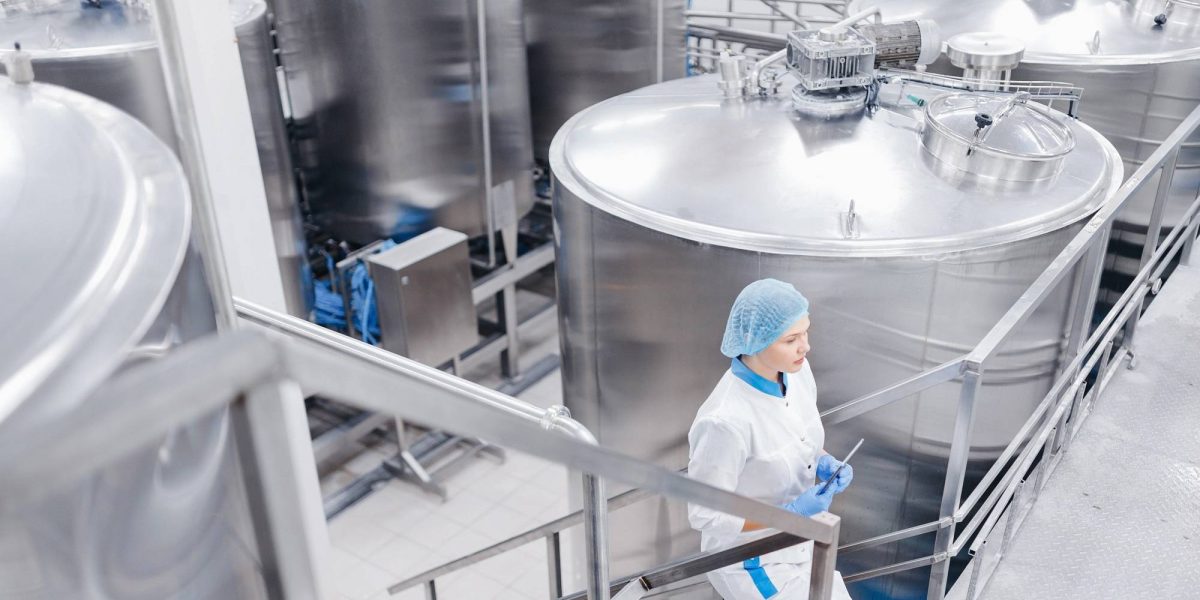A coffee grinder is a critical component of a roast and ground coffee operation. The choices may seem overwhelming for even the most experienced roaster. To help readers make an informed choice, Tea & Coffee Asia asked Daniel Ephraim of Modern Process Equipment (MPE) for some advice.
For many roasters, particularly smaller shop roasters and coffee shop operators, grind on demand is likely to be a mainstay of the business. Being able to offer freshly ground coffee requires more than simply placing the correct dose into a grinder and pressing the ‘on’ button though.
Pre-ground coffee may be a better bet for some outlets, as there is a consistency in the accuracy of the grind, which is typically measured during the production process and owes a lot to the sophistication of large grinding equipment that is likely to be used in the process. Of course, the principal issue that can affect pre-ground coffee is that the freshness of the product can be compromised if proper packaging considerations are not preserved.
“On-demand grinding gives the operator the ability to adjust the grinder based on atmospheric conditions, such as heat and humidity, which can affect espresso coffee attractiveness,” Ephraim told us. “Apart from simply practical elements such as the consistency of the grind and the resulting brewing anomalies that might be introduced into a poorly- ground dose of coffee, the aroma can also be affected by a poor grind.”
Grind on Demand
For a shop roaster offering grind on demand, the fact that each order can be ground to the specific requirements of that order is of no small importance. How- ever it is important to remember that small grinders are not as accurate as industrial (roller) grinders.
“If a coffee shop or hotel is looking to serve multiple outlets, and would like to have a higher quality grind, which is a requirement for packaging, a small
roller grinder such as the MPE SRM-4555 is necessary,” Ephraim pointed out. “Espresso machines and coffee makers that come with a grinder serve the ‘convenience-factor’; however, they do not provide a quality factor and usually there is a trade-off between the two.”
According to Ephraim, blade-type grinders should always be avoided since discs or rollers provide superior results to blades.
“Blades have a tendency to pulverize the coffee and produce an excessive amount of ‘fines’, which will increase the bitterness of the coffee,” Ephriam said.
Ensuring continuity of the grind over time can be achieved by both maintaining the grinder to original specifications as well as testing the coffee on a regular basis.
Choosing the Right Grinder
Shop grinding is provided as a service to the customers and industrial grinding takes the place when the orders are sufficiently large.
For medium- to large-scale roasters, an industrial grinder is likely to be required. Typically, a single grinding section is never used except for a very coarse soluble (instant) grind. Two grinding sections are the traditional European-style configuration and are good for mid-range applications that do not require fine-tuning of the granulometry.
Three grinding sections are required for Turkish, espresso and other fine grinding applications, as well as those applications that require manipulation of the granulometry.
Temperature regulation in the grinding process is very important since keeping elevated temperatures at a minimal level, through the use of sophisticated technologies such as water-cooling, prevent the loss (or ‘second roast’) of the essential volatile aromatics of the coffee.
Typically, one grinder will not provide a full range of grinds, such as Turkish, drip, etc. but rather a range of grinds for a particular brewing method, such as drip only. Turkish grinding requires a separate unit since this is a unique application. Espresso grinding can oftentimes be achieved with the same grinder that produces the drip brewing method, assuming that this equipment is custom-designed by the manufacturer ahead of time.
“Automated and digital controls are not a fad but a necessity,” according to Ephraim. “Recent innovations include the ability to automate the temperature, grind and density during the process as well as ‘loop’-back the actual results into the control panel and adjust the grinder to react to, and meet, the proper specifications.”
The trend towards 3-in-1 coffee products and the resilient instant coffee market throughout Asia demands grinders that can deliver a very fine, uniform grind which should be produced at a low temperature to preserve the aromatics.
Asian markets are demanding more sophisticated grind technologies and equipment, including higher capacity units with full automation,” noted Ephraim.
For roasters who appreciate cutting edge innovations, MPE now offers portable, wireless control of its grinding equipment utilizing the Apple iPad.
“This configuration allows the grinder’s operator to be mobile and/or remote – walking around and away from the grinder and throughout the plant – with full touch- screen access to the grinder for monitoring and control,” Ephraim told us. “Additionally, the iPad allows access to all MPE operating manuals, supplier component manuals, drawings, embedded training videos and web access ‘at your fingertips’.”
While in general grinders are relatively easy to maintain, from time to time a problem may arise that requires a parts delivery or even a maintenance engineer. Choosing a supplier that is capable of a prompt response is therefore an important element when it comes to choosing a grinder.
“MPE industrial coffee grinders are serviced on a worldwide basis,” Ephriam noted. “Parts are available on a 24-hour-a-day basis. If a high level of expertise is required, service personnel can be dispatched and provided on an immediate basis.”



